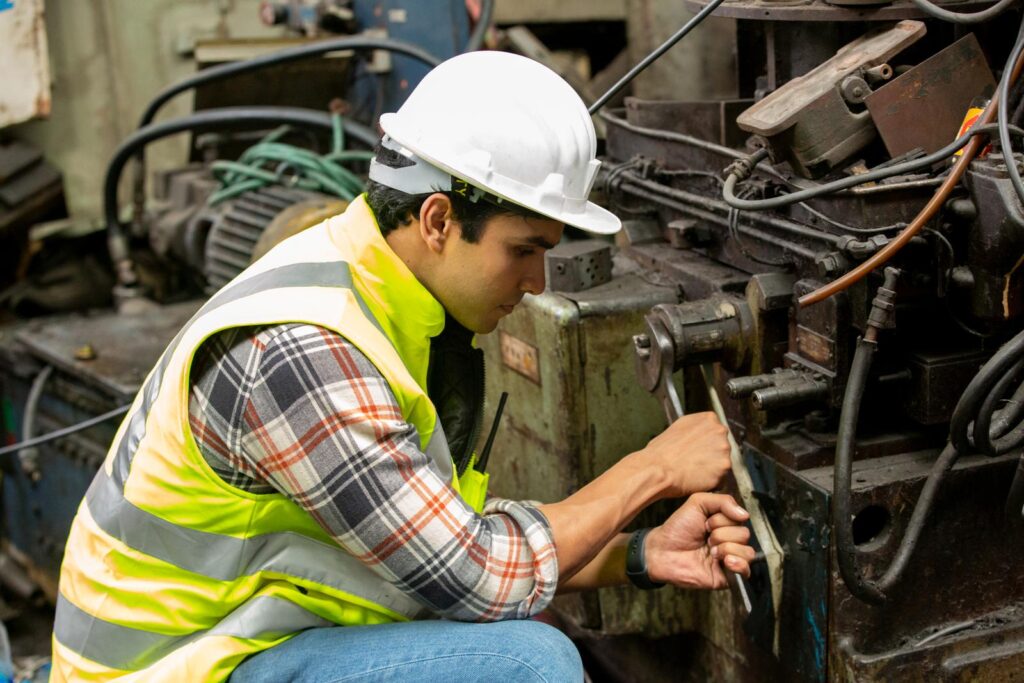Let’s talk about your dream project.
Schedule a free consultation now
When selecting the right air slide fabric for your operations, it is important to remember what type of material you are choosing, as it can significantly impact the system’s performance. Many types of air slide fabric are available, each with its advantages and disadvantages depending on the operating conditions. This article will provide an overview of each material type and the key factors to consider when choosing the right air slide fabric for your particular system.
Air slide fabric is available in various materials, each with advantages and disadvantages that must be considered when choosing the right material for a specific operation. The most common types of air slide fabric are PTFE, UHMW, polyester, nylon, and other materials such as carbon-impregnated fabrics. Each of these materials offers unique advantages and disadvantages that must be considered when selecting the best fabric for a given application. PTFE (polytetrafluoroethylene) is known for its excellent tensile strength and low coefficient of friction, making it a good choice for applications requiring extreme temperatures, high pressures, and low abrasion. UHMW (ultra-high molecular weight polyethylene) offers a high degree of flexibility and is resistant to weathering and abrasion, making it a great choice for applications that require increased flexibility and shock absorption. Polyester is a strong and lightweight material, making it ideal for applications that require durability and low weight. Nylon is a strong, abrasion-resistant fabric and is also resistant to weathering and chemical damage. Other materials, such as carbon-impregnated fabrics, can offer superior strength, abrasion resistance, and conductivity depending on the specific application.
When considering the various types of air slide fabrics, it is important to be aware of the potential disadvantages of each material. PTFE is not as durable as other materials and is prone to stretching and tearing. It is also not suitable for extreme temperatures. UHMW is prone to static build-up and can be difficult to clean. Polyester can be abrasive on materials it comes in contact with and is unsuitable for high temperatures. Nylon can be difficult to cut and sew and may be susceptible to damage from certain harsh chemicals. Finally, other materials may not have the same level of performance as the more common air slide fabrics. It is important to consider these potential drawbacks when deciding the best air slide fabric for your operation.
When selecting the right air slide fabric material, it’s important to consider various factors, such as the operating temperature range and the level of static accumulation. These two conditions may require different materials to ensure the system operates efficiently. Additionally, the cost of the material should also be taken into account. Different materials may have different price points, so it’s important to compare them and ensure the chosen material is within the budget. Ultimately, the material should be chosen based on its ability to meet the operational requirements and the cost.
When choosing the right air slide fabric for your operation, it is important to consider all the advantages and disadvantages of the various materials available. PTFE, UHMW, polyester, nylon, and other materials can all have specific benefits and drawbacks in different operating conditions. When considering which material to use, consider operating temperature range, static accumulation, and cost.
By considering all of these factors, you can decide on the best air slide fabric for your needs. Doing this will ensure that your air slide system can perform as intended and that you get the most out of your investment.

Air slides are an ingenious technology that is crucial in many industries. They are used to convey bulk materials, such as powders and granular substances, in a
Learn more
In every industry, maintaining operational efficiency and extending the life span of equipment are critical considerations. With its complex machinery and demanding
Learn more
Filter bags play a crucial role in various industries by ensuring efficient air filtration and dust collection. However, when faced with extreme dust challenges,
Learn more